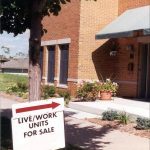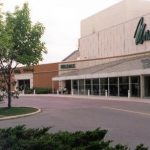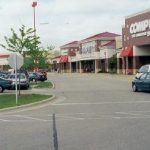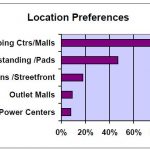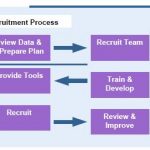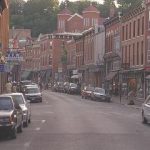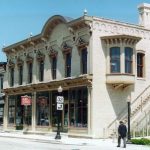Resurgence of Inner-City Retail
Sears, Kmart, Footlocker, Walgreens and other national retailers are moving back to the inner-city. They are building new stores, renovating old locations, and making money doing it. As President of the Chicago Federal Reserve Bank said in reference to U.S. inner-cities: “You don’t have to cross the International Date Line to find an emerging market. We have some right under our noses.” This article discusses how the untapped retail potential in U.S. inner-cities represents one of the biggest market opportunities in the world.
Read More...
